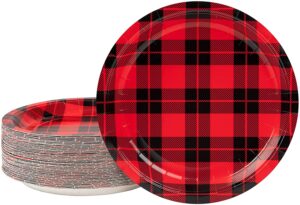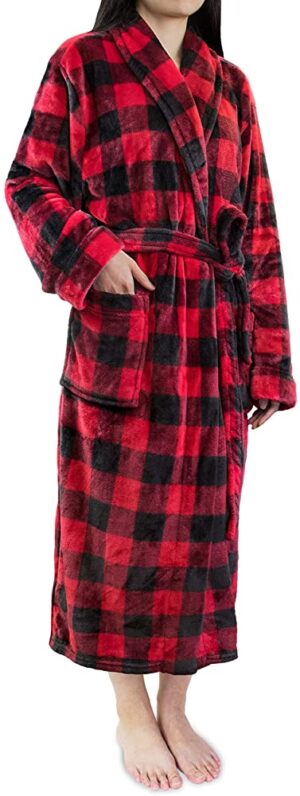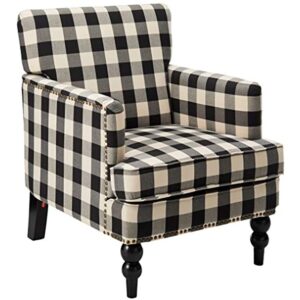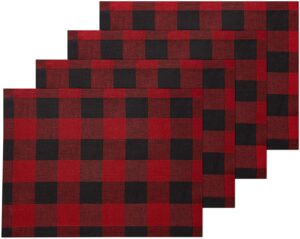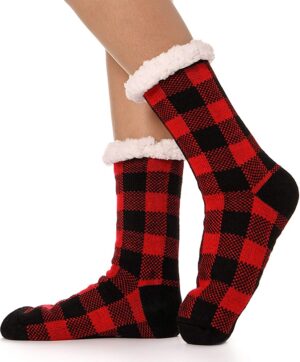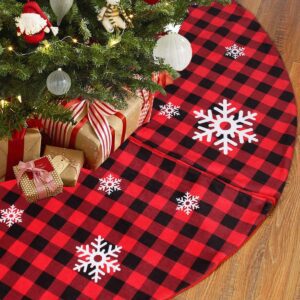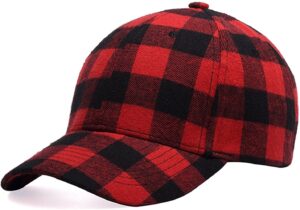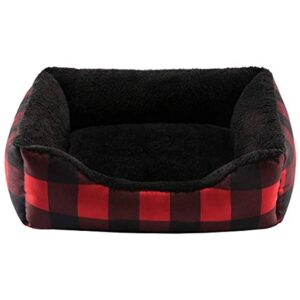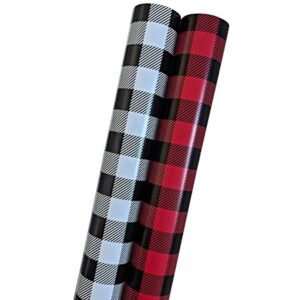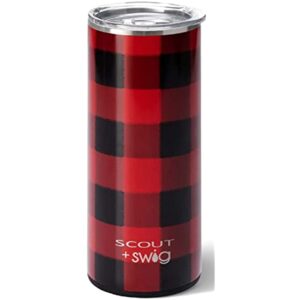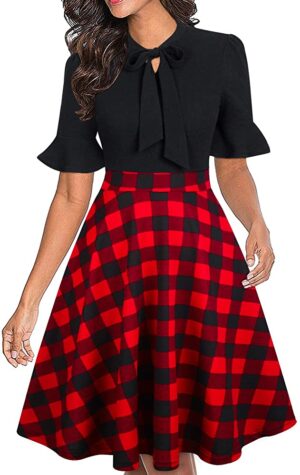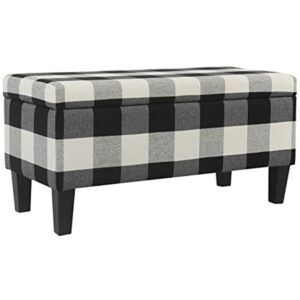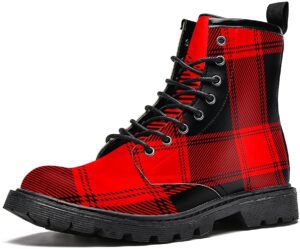In the world of quilting, there are two main methods that enthusiasts swear by: hand quilting and machine quilting. But which one reigns supreme? In this article, we will explore the benefits of both hand quilting and machine quilting, highlighting the unique advantages that each method brings to the table. Whether you’re a seasoned quilter or just starting out, this article will help you make an informed decision on which quilting technique suits you best.
Understanding the Basics of Quilting
Quilting is a beautiful and intricate art form that involves stitching together layers of fabric to create a cozy and decorative bed covering or piece of art. It has been around for centuries and has evolved into various techniques and styles. Whether you choose to quilt by hand or by machine, it is essential to understand the basics to fully appreciate the craft and decide which technique suits you best.
What is Quilting
Quilting is the process of stitching together three layers of fabric – the quilt top, batting, and backing – to create a quilt. The quilt top consists of individually pieced fabric blocks or a single large piece of fabric. Batting, a layer of insulation, is sandwiched between the quilt top and the backing, which is usually a single piece of fabric. Quilting stitches are then added to hold all the layers together and create a beautiful pattern.
Types of Quilting: Hand Quilting vs. Machine Quilting
Before we delve into the benefits and drawbacks of hand quilting and machine quilting, it is important to understand the fundamental differences between these two techniques.
Hand quilting, as the name suggests, involves stitching the layers of fabric together by hand using a needle and thread. It is a time-honored tradition that has been passed down through generations. On the other hand, machine quilting utilizes a sewing machine to sew the layers of fabric together. It offers efficiency and speed, allowing for faster completion of quilts.
Now that we have a basic understanding of quilting techniques, let’s explore the benefits and drawbacks of hand quilting and machine quilting in detail.
The Benefits of Hand Quilting
Hand quilting may be a slower process, but it offers numerous advantages that make it a cherished technique among quilting enthusiasts.
Hand Quilting Offers Great Control
One of the main benefits of hand quilting is the level of control it provides over the stitching process. Using your hands and a needle, you have the ability to manipulate the stitches and achieve precise and intricate patterns. This level of control allows for more personalization and customization, making each quilt unique.
Tradition and Nostalgia Associated with Hand Quilting
Hand quilting carries with it a sense of tradition and nostalgia. It is a craft that has been practiced for centuries, connecting us to our ancestors and their skills. Many people find joy in preserving this traditional craft and passing it down to future generations. Hand quilting not only creates beautiful quilts but also keeps the legacy of quilting alive.
Fantastic Stress Relief and Therapeutic Benefits
hand quilting is a meditative process, offering fantastic stress relief and therapeutic benefits. The repetitive motion of stitching can be soothing and calming, allowing you to focus and find peace of mind. It is a mindful activity that provides a break from the fast-paced world and allows you to unwind while creating something beautiful.
Greater Flexibility in Design and Elements
When quilting by hand, you have greater flexibility in terms of design and elements. You can easily create intricate patterns, detailed quilting motifs, and even add embellishments like beads or embroidery. Hand quilting allows you to experiment with different stitches and techniques, giving you the freedom to explore your creativity and create unique quilts.
Despite these benefits, hand quilting does have certain drawbacks that one needs to consider before choosing this technique.
The Drawbacks of Hand Quilting
While hand quilting has its advantages, it also comes with a set of challenges that may deter some quilters.
Consumes Higher Amount of Time and Energy
Hand quilting is a time-consuming process. Because each stitch needs to be made by hand, quilting a large quilt can take weeks or even months. It requires patience and dedication to complete a hand-quilted project. Additionally, the physical effort required to sew each stitch can be tiring, especially for quilters with mobility or hand strength limitations.
Requires Patience and Precision for Quality Work
Achieving high-quality hand quilting requires patience and precision. Consistent stitch length, even tension, and well-placed stitches are crucial for creating a visually appealing and durable quilt. It can take practice and experience to master these skills, and even experienced quilters may need to unpick stitches and make adjustments to achieve the desired results.
Can Be Physically Tiring after Long Hours
Hand quilting can be physically tiring, particularly during long quilting sessions. The repetitive motion of stitching can strain your hands, wrists, and back, leading to fatigue and discomfort. It is important to take breaks, stretch, and listen to your body to avoid overexertion and potential injuries.
Now that we have explored the benefits and drawbacks of hand quilting, let’s dive into the process itself and learn how to hand quilt.
The Process of Hand Quilting
Hand quilting requires a few essential materials and follows a step-by-step process to create a beautiful quilt.
Materials Required for Hand Quilting
To begin hand quilting, you will need the following materials:
- Quilt top: The quilt top can be a pre-designed pattern or your own creation. It is essential to have the quilt top ready before moving forward with the quilting process.
- Batting: Choose a batting that suits your preferences and desired level of warmth. Batting provides insulation and gives the quilt its loft.
- Backing fabric: Select a fabric for the backing that complements the quilt top. Ensure that it is large enough to cover the entire quilt and leave a few inches of excess on all sides.
- Quilting thread: Choose a high-quality quilting thread that matches or complements the colors of your quilt top and backing.
- Hand quilting needles: Invest in a variety of hand quilting needles of different sizes to suit your quilting needs.
- Thimble: A thimble is a small metal or plastic cap that protects your finger while pushing the needle through multiple layers of fabric.
- Quilting hoop or frame: A quilting hoop or frame holds the layers of the quilt taut, making it easier to quilt with precision.
Step-by-step Guide to Hand Quilting
Follow these steps to hand quilt your project:
- Layer the quilt: Lay the backing fabric on a flat surface with the right side facing down. Smooth out any wrinkles or creases. Place the batting on top of the backing, ensuring it covers the entire area. Lastly, carefully position the quilt top on the batting, right side facing up, aligning the edges.
- Baste the layers: Use safety pins or basting stitches to secure the three layers together. Basting helps prevent shifting during the quilting process.
- Prepare the quilting hoop or frame: If you are using a quilting hoop or frame, place the layers of the quilt within the hoop or frame. Adjust the tension to ensure the fabric is taut but not stretched.
- Thread the needle: Thread a hand quilting needle with a length of quilting thread. Knot the end of the thread to secure.
- Start quilting: Begin quilting from the center of the quilt and work your way outward. Choose a quilting stitch that suits your design and secure the first stitch at the starting point. Continue quilting with even stitching, ensuring the stitches go through all three layers of fabric.
- Take breaks and rest as needed: Hand quilting can be time-consuming and physically demanding. Take regular breaks, stretch your hands, and rest whenever necessary.
- Finish and secure the stitches: Once you have completed the quilting, secure the final stitch and trim any excess thread. Remove the quilt from the quilting hoop or frame.
- Bind the quilt: Lastly, bind the edges of the quilt to give it a finished look. There are various binding techniques available to choose from.
It is important to be aware of common mistakes that can occur during hand quilting and learn how to avoid them effectively.
Common Mistakes While Hand Quilting and How to Avoid Them
- Uneven stitch length: To avoid uneven stitches, practice consistency in the length of your stitches. Take your time and pay attention to maintain the desired stitch length throughout the quilting process.
- Tension issues: Uneven tension can result in visible puckering or loose fabric. Regularly check the tension of the thread while quilting, making adjustments as needed.
- Skipped stitches: Skipped stitches can occur if the needle does not pass through all three layers of fabric. Take care to go through all layers with each stitch to ensure a secure and visually appealing quilt.
- Knots and tangles in thread: Knots and tangles can be frustrating and time-consuming to undo. Take care when threading your needle and avoid pulling the thread too tightly, as it can create knots or tangles.
- Quilting outside the design: It is easy to accidentally quilt outside the desired design or pattern. To avoid this, use a washable marking pen or temporary fabric marking tool to outline the quilting design before stitching. This guideline will help you stay on track and achieve the desired pattern.
Now that we have covered all aspects of hand quilting, let’s shift our focus to machine quilting and explore its benefits and drawbacks.
The Benefits of Machine Quilting
Machine quilting offers a modern and efficient approach to quilting, with its own set of advantages.
Faster and Efficient
One of the biggest benefits of machine quilting is the speed and efficiency it offers compared to hand quilting. With a sewing machine, you can cover larger areas in less time, enabling you to finish quilts more quickly. This makes machine quilting a preferred choice for quilters who have limited time or prefer a faster-paced quilting experience.
Consistent Quality and Precision
Machine quilting allows for consistent stitch length and tension, resulting in a more uniform and professional-looking quilt. The stitches are evenly spaced, creating a visually pleasing pattern throughout the quilt. The precision achieved through machine quilting can be especially advantageous for intricate designs and complex patterns.
Less Physically Straining
Machine quilting is less physically demanding compared to hand quilting. The sewing machine does the majority of the work, allowing you to focus on guiding the fabric and maintaining control. This makes machine quilting a suitable option for individuals with mobility issues or physical limitations that may make hand quilting challenging.
Options for Customization with Advanced Machines
Modern sewing machines offer a range of features and options that allow for customization in machine quilting. These machines often have built-in quilting stitches and specialty presser feet that create beautiful and intricate quilting designs. The availability of different stitch patterns, thread types, and machine quilting techniques gives you the ability to experiment and add unique touches to your quilts.
While machine quilting provides several advantages, it is essential to consider the drawbacks before deciding if it is the right quilting technique for you.
The Drawbacks of Machine Quilting
Machine quilting, despite its efficiency, does have a few drawbacks that quilters should be aware of.
Requires Initial Investment
Machine quilting requires an initial investment in a high-quality sewing machine specifically designed for quilting. While there are machines available at various price points, investing in a reliable machine with desirable quilting features can be a significant expense. It is essential to research and choose a machine that suits your budget and quilting needs.
Learning Curve for Operating the Machine
Using a sewing machine for quilting involves a learning curve. Familiarizing yourself with the features, functions, and settings of the machine takes time and practice. You will need to develop the necessary skills to maneuver the fabric smoothly and handle the machine while maintaining control. Patience and perseverance are key during the learning process.
Limitations in Unique and Personal Touch
Machine quilting, although efficient, may lack the unique and personal touch that hand quilting offers. While sewing machines offer a variety of stitches and patterns, achieving the handcrafted aesthetic and individualized creativity may require additional techniques and customization. Some quilters find joy in the imperfections and intricacies of hand quilting that cannot be replicated with a machine.
Maintenance and Repairing Can Be An Issue with Machines
Sewing machines require regular maintenance to ensure optimal performance. Keeping the machine clean, oiled, and in good working condition is important for long-term use. Additionally, if the machine encounters any issues or malfunctions, repairs or professional servicing may be required, which can be an inconvenience and expense.
Now that we have discussed the benefits and drawbacks of machine quilting, let’s explore the process itself and learn how to machine quilt.
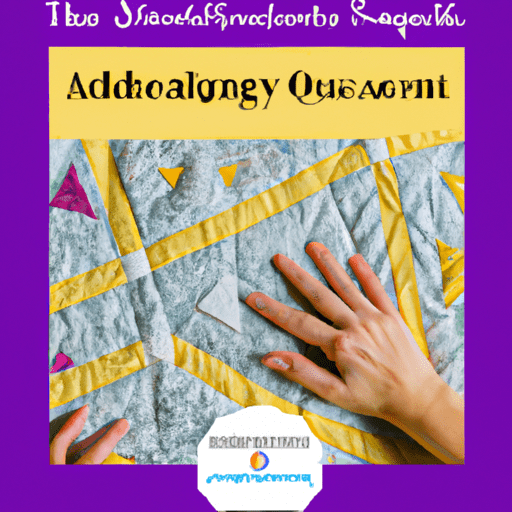
The Process of Machine Quilting
Machine quilting involves a few important steps and requires specific materials and equipment.
Materials Required for Machine Quilting
To machine quilt, gather the following materials:
- Quilt top: Prepare the quilt top, ensuring all the piecing is complete and any appliqué or embellishments are securely attached.
- Batting: Choose a batting that suits your desired level of warmth and loft. Ensure it is the appropriate size for your quilt top.
- Backing fabric: Select a fabric for the backing that complements the quilt top and is larger than the quilt top to allow for secure attachment during quilting.
- Quilting thread: Choose a high-quality quilting thread that matches or complements the colors of your quilt top and backing.
- Machine quilting needles: Use specialty quilting needles designed for machine quilting. These needles have a slightly rounded point to prevent damage to the fabric and reduce thread breakage.
- Quilting foot: Attach a quilting foot or a walking foot to your sewing machine. This foot helps feed the fabric evenly through the machine, preventing shifting and puckering.
Step-by-step Guide to Machine Quilting
Follow these steps to machine quilt your project:
- Layer the quilt: Place the backing fabric on a flat surface with the right side facing down. Smooth out any wrinkles or creases. Lay the batting on top of the backing, ensuring it covers the entire area. Lastly, carefully position the quilt top on the batting, right side facing up, aligning the edges.
- Baste or use safety pins to secure the layers together: To prevent shifting during machine quilting, use large safety pins or basting stitches to secure the layers together. Ensure the layers are smooth and without wrinkles.
- Thread the sewing machine and attach the quilting foot: Thread your sewing machine with quilting thread and attach the appropriate quilting foot. Consult your sewing machine manual for instructions on how to attach the foot correctly.
- Adjust the tension and stitch length: Set the machine to the appropriate tension and adjust the stitch length according to your desired quilting style. Testing the tension and stitch length on a practice fabric scrap before starting on your quilt may be helpful.
- Start quilting: Begin quilting from the center of the quilt and work your way outward. Use a straight stitch or select a quilting stitch from your machine’s built-in options. Guide the fabric through the machine smoothly, keeping the stitches even and consistent.
- Take breaks and rest as needed: Machine quilting can be time-consuming and mentally demanding. Take regular breaks to rest your eyes and hands, ensuring you maintain focus and produce high-quality quilting.
- Finish and secure the stitches: Once you have completed the quilting, secure the final stitch and trim any excess thread. Remove any safety pins or basting stitches from the quilt layers.
- Binding the quilt: To give your quilt a finished look, bind the edges using your preferred binding method. There are various binding techniques available, including machine binding or hand sewing the binding for a more traditional look.
It is important to be aware of common mistakes that can occur during machine quilting and learn how to avoid them effectively.
Common Mistakes while Machine Quilting and How to Avoid Them
- Uneven stitch length: To avoid uneven stitch lengths, ensure your machine is correctly adjusted in terms of tension and stitch length. Practice on scrap fabric before quilting on your project to ensure the desired results.
- Skipped stitches: Skipped stitches can occur if the machine is not properly threaded or if the needle is dull or incorrect for the fabric thickness. Check the threading and needle, making necessary adjustments before starting the quilting process.
- Fabric puckering or shifting: Puckering or shifting of the fabric can happen if the fabric is not adequately secured or if the machine is running too fast. Take your time to feed the fabric through the machine at a consistent speed and ensure it is securely layered and basted.
- Breaking thread: Thread breakage may occur if the tension is too tight or if the thread is of poor quality. Ensure your sewing machine is set to the appropriate tension recommended for the thread being used. Using high-quality quilting thread can also help reduce thread breakage.
- Inconsistent quilting lines: Inconsistent quilting lines can be caused by uneven speeds or movements of the fabric while quilting. Practice your movements and maintain a steady pace to help achieve consistent quilting lines.
Now that we have covered both hand quilting and machine quilting processes, let’s address the noteworthy techniques in each category.
Noteworthy Hand Quilting Techniques
Hand quilting offers various techniques to enhance the beauty and intricacy of your quilts.
Basic Hand Quilting Stitch Techniques
- Running stitch: A basic hand quilting technique that involves evenly spaced stitches that go through all layers of the quilt.
- Backstitch: This stitch creates a stronger line and is ideal for outlining or stitching intricate designs.
- Echo quilting: This technique involves stitching parallel lines around a quilting motif, creating the illusion of depth and layered texture.
- Sashiko: A traditional Japanese quilting technique that uses simple running stitches to create geometric patterns and motifs.
Invisible Hand Quilting Techniques
- Big-stitch hand quilting: This technique uses thicker thread and longer stitches to create a more visible and decorative quilting line.
- Appliqué quilting: Appliqué allows you to attach motifs or shapes to your quilt top using hand-stitched methods, enhancing the design and adding texture.
Decorative Hand Quilting Techniques
- Embroidery embellishments: Adding embroidery stitches or designs to your hand-quilted project can create beautiful accents and personalized details.
- Trapunto: Trapunto is a technique that involves stuffing specific areas of the quilt, creating raised motifs and adding depth to the overall design.
Now let’s explore noteworthy machine quilting techniques that can elevate your quilting projects.
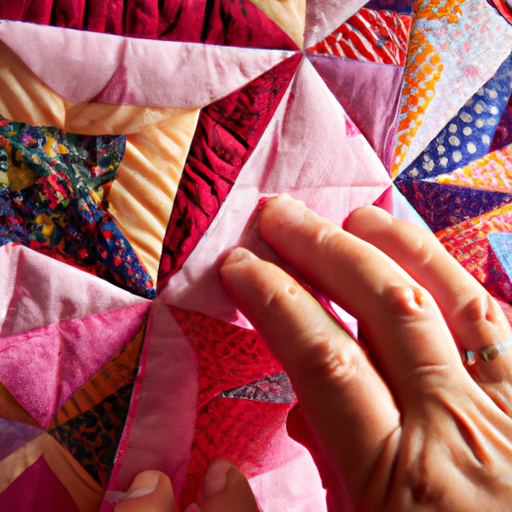
Noteworthy Machine Quilting Techniques
Machine quilting offers various techniques to enhance the visual impact and texture of your quilts.
Basic Machine Quilting Stitch Techniques
- Straight-line quilting: This technique involves stitching straight lines parallel or diagonally across the quilt, creating a clean and modern effect.
- Free-motion quilting: Free-motion quilting allows you to move the quilt freely and create intricate designs by manipulating the fabric under the sewing machine needle. It requires practice and control to achieve the desired results.
Decorative Machine Quilting Techniques
- Stippling: Stippling is a technique that involves stitching closely spaced, small, and random loops or curves throughout the quilt. It adds texture, creates movement, and complements the overall design.
- Meandering: Meandering is a continuous wavy line quilting pattern that can be stitched randomly or following specific shapes. It is a versatile technique that suits a variety of quilting styles and designs.
Advanced Machine Quilting Techniques with Specialty Presser Feet
- Walking foot quilting: A walking foot attachment helps feed the fabric evenly through the machine and prevents shifting, making it ideal for straight-line quilting or quilting with multiple layers.
- Free-motion quilting with a darning foot: By attaching a darning foot, you can drop or cover the machine’s feed dogs, allowing you to quilt in any direction and create intricate designs, similar to hand-guided free-motion quilting.
Now that you have a comprehensive understanding of both hand quilting and machine quilting techniques, it’s time to make a choice based on your preferences and needs.
Choosing Between Hand Quilting and Machine Quilting
When deciding between hand quilting and machine quilting, there are several factors to consider.
Factors to Consider While Making a Choice
- Time: Hand quilting is a time-consuming process, whereas machine quilting offers speed and efficiency.
- Control and customization: Hand quilting provides greater control and flexibility in design elements and customization.
- Physical limitations: Machine quilting may be a more suitable option for individuals with mobility issues or physical limitations that make hand quilting challenging.
- Aesthetic preferences: Consider the desired look and style of the quilt. Hand quilting often evokes a more traditional and handmade aesthetic, while machine quilting can achieve a range of modern and intricate designs.
- Skill level and experience: Hand quilting requires patience and precision, while machine quilting involves learning to operate a sewing machine and mastering the necessary techniques.
- Time commitment: Hand quilting can be a relaxing and meditative process, whereas machine quilting offers the potential for quicker completion of projects.
The Best Quilting Technique for Beginners
For beginners, machine quilting may be a more accessible choice. It allows you to familiarize yourself with quilting techniques while benefiting from the efficiency and consistency offered by a sewing machine. As you gain experience and confidence, you can gradually explore and develop your hand quilting skills.
When to Opt for Hand Quilting over Machine Quilting and Vice Versa
Hand quilting may be preferable if you value tradition, want to achieve a personalized touch, or seek a stress-relieving and therapeutic experience. It is an excellent choice for creating heirloom-quality quilts with meticulous hand-stitched details.
On the other hand, machine quilting may be the right choice if you have limited time, prefer a more efficient process, or desire a modern and consistent look. The speed and precision of machine quilting make it suitable for larger quilts or projects with detailed patterns that require numerous stitches.
Ultimately, the decision to choose between hand quilting and machine quilting depends on your personal preferences, available time, skill level, and desired outcome.
In conclusion, both hand quilting and machine quilting offer unique benefits and drawbacks. Hand quilting provides control, tradition, and therapeutic benefits, while machine quilting offers speed, precision, and customization options. Whether you choose to quilt by hand or by machine, the key is to enjoy the process, explore your creativity, and create beautiful quilts that bring you joy and warmth for years to come.






